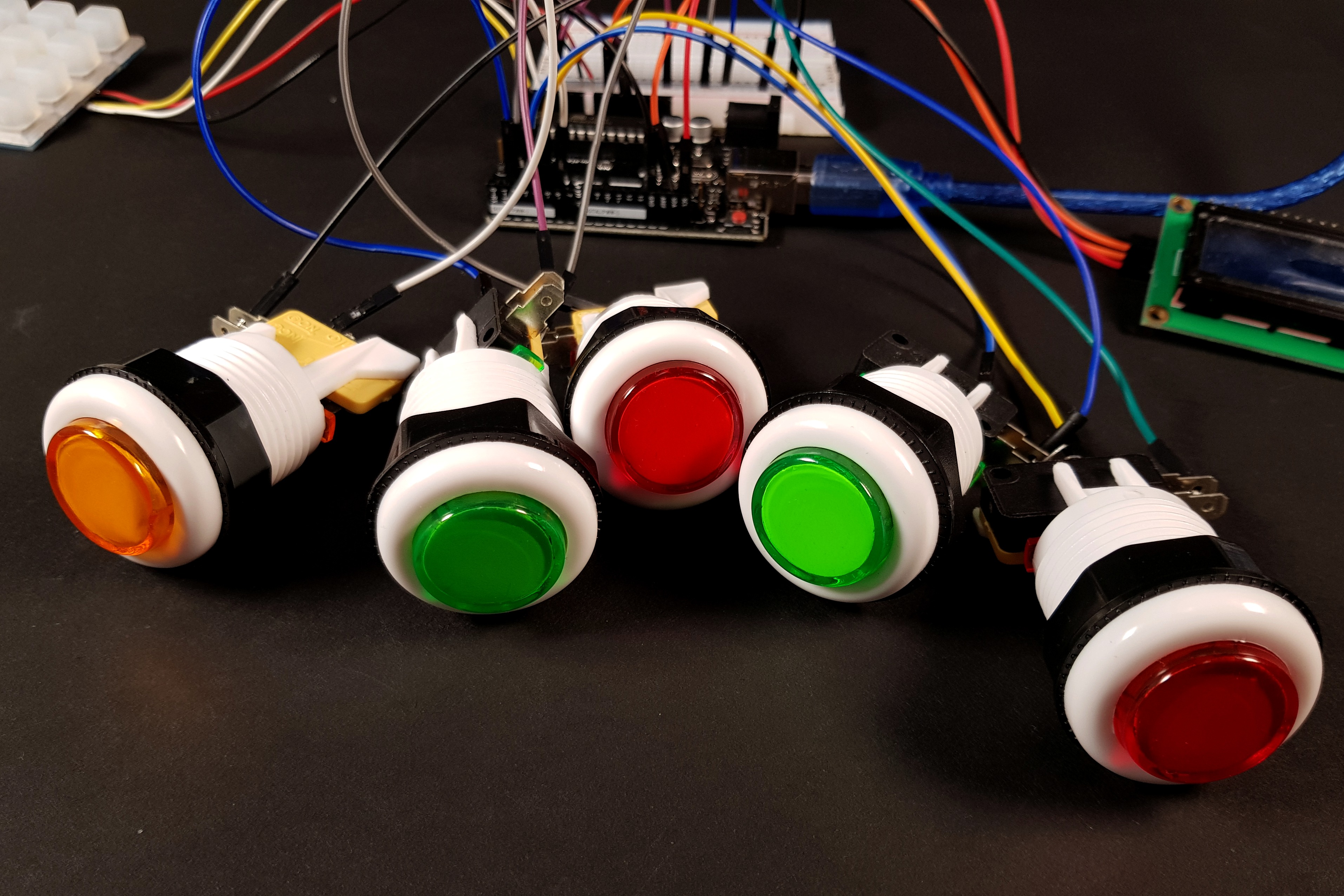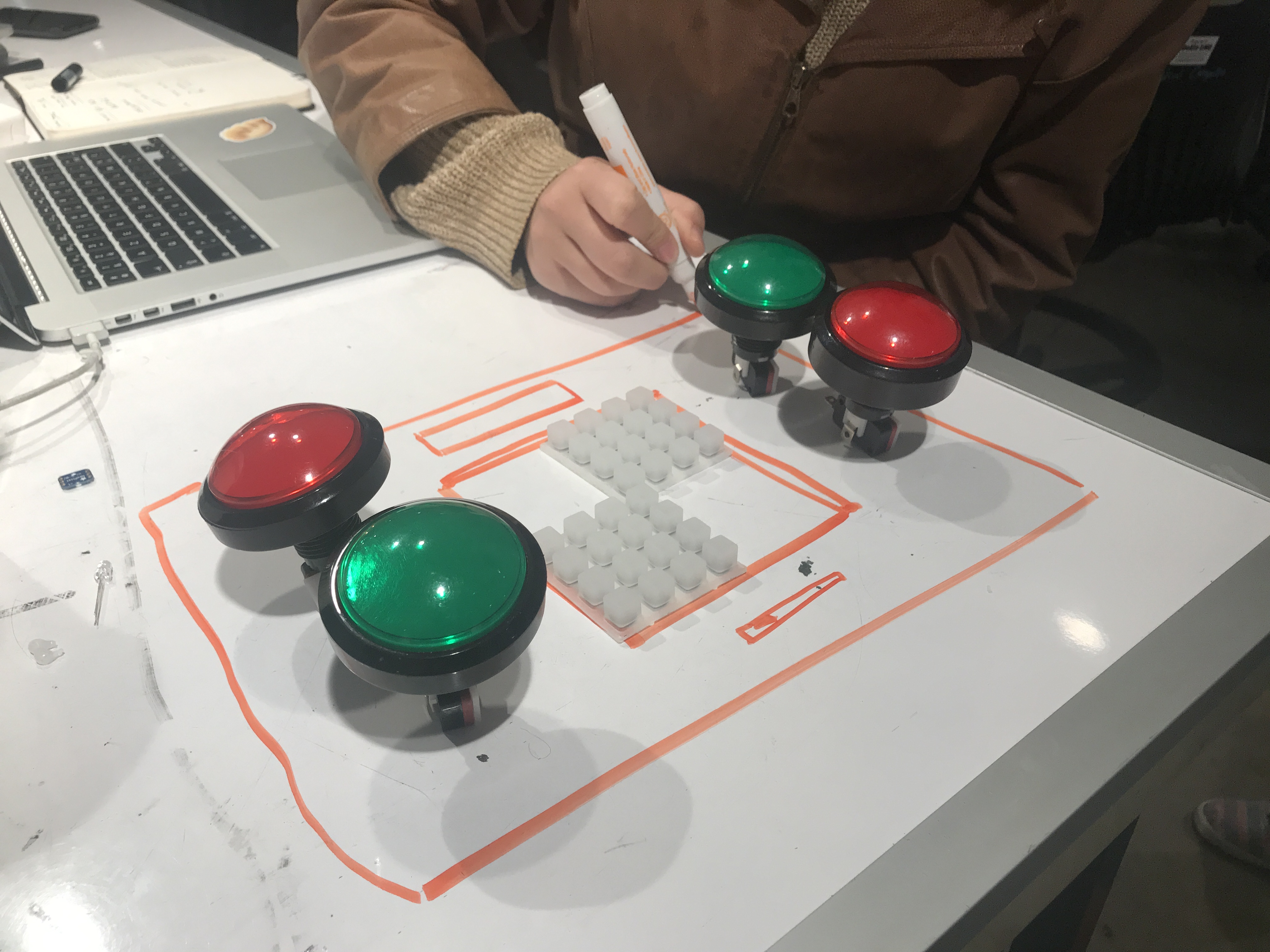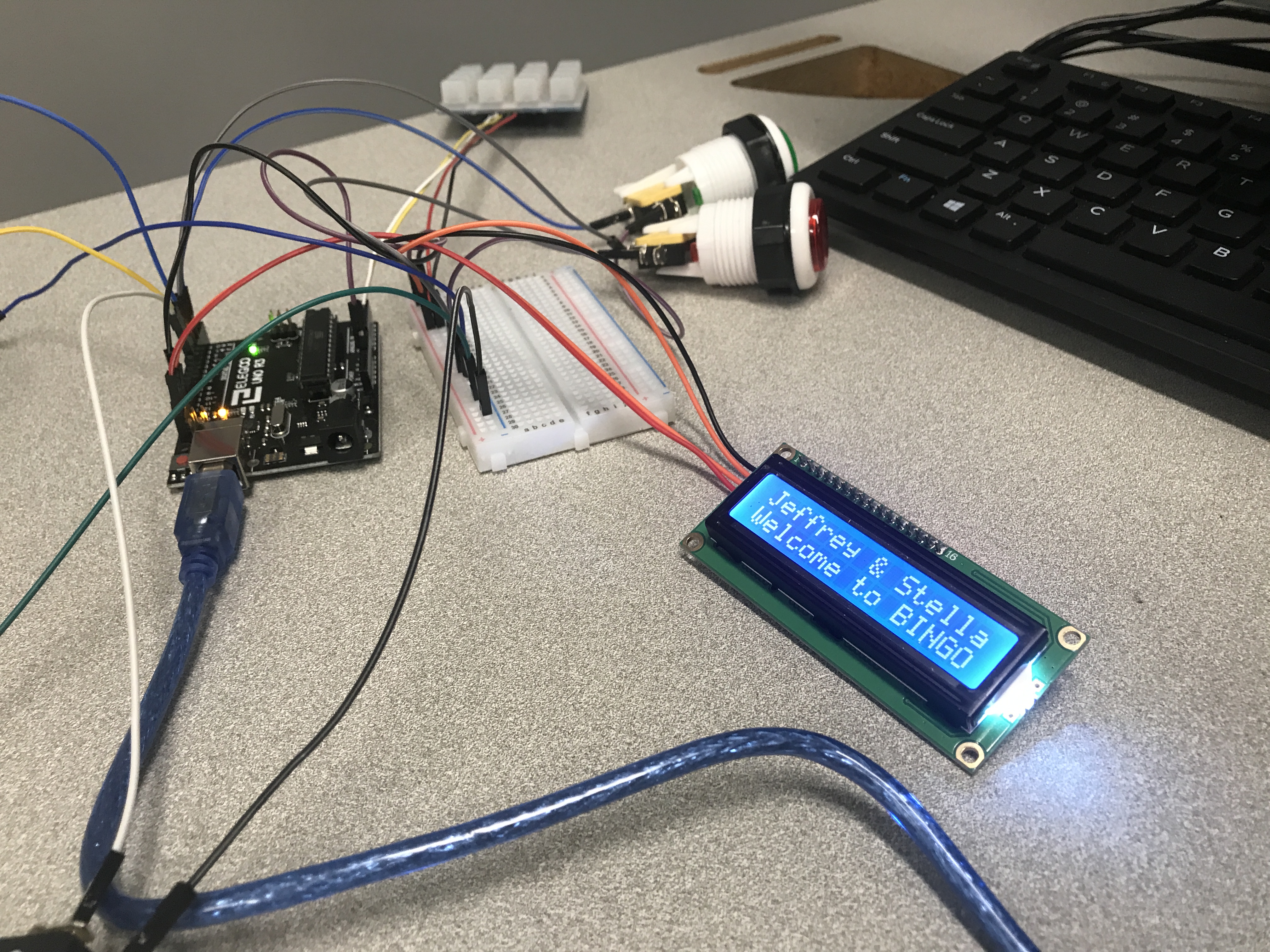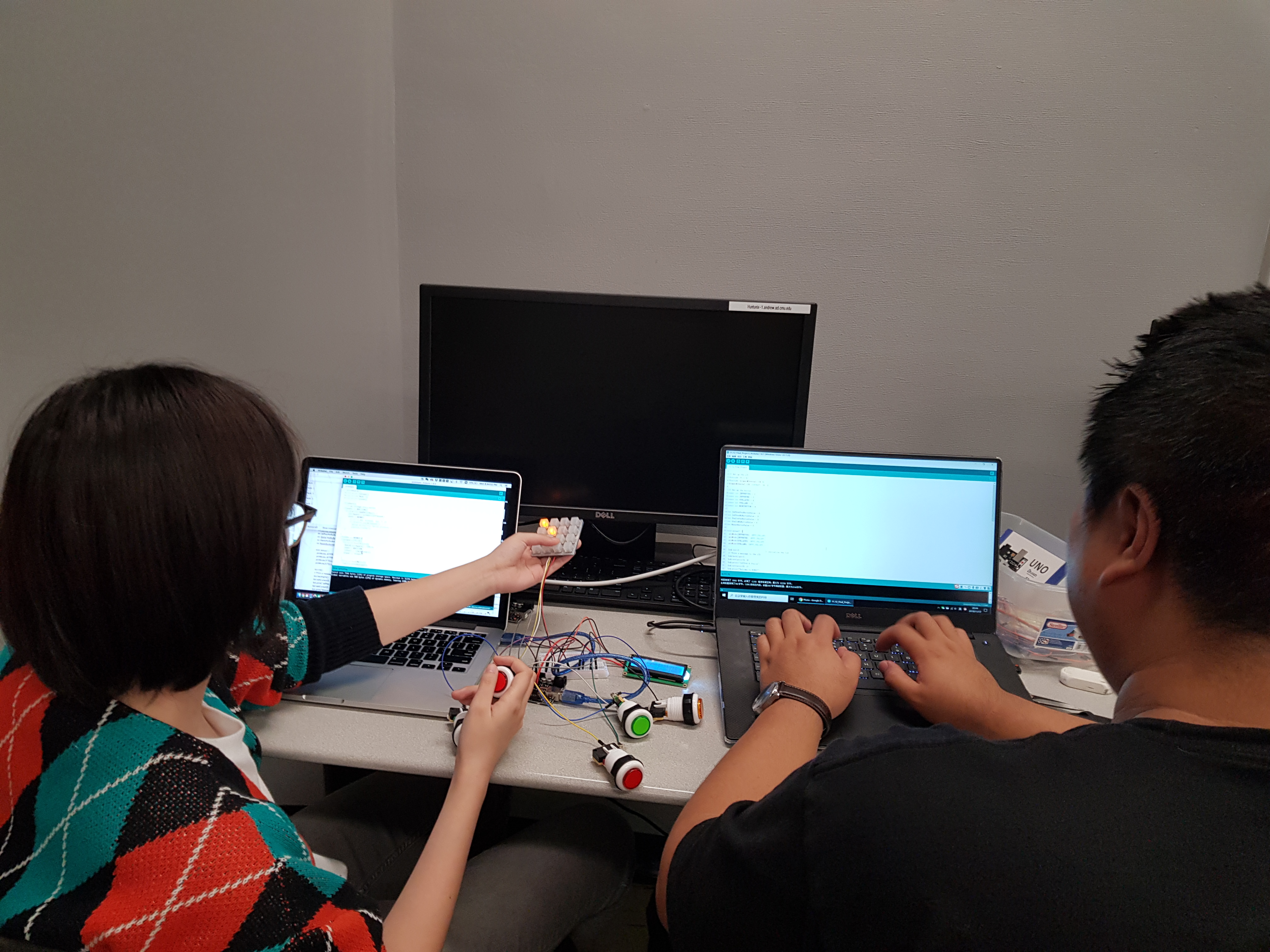
Introduction
This post is a detailed explanation of our team’s process towards a functioning behave’s-like prototype. After our first conversation with our older collaborator Jeffrey, we decided to make a bingo-style game for him to play with his 6 year old granddaughter, Stella. This game, partially disguised as trivia, would be used as a tool to spark conversations about interests and personal topics as a way to get to know each other.


Part one of Prototype Demo
Part two of Prototype Demo
Product
This game is essentially a mix of the core ideas behind trivial pursuit, bingo and truth or dare. Each user comes up with a set of questions which are personally relevant to them at the beginning of each game, and then switch stacks. This allows for it to be analog and generative, a constant change of questions and induced conversation between each game. Player A picks a card from player B’s stack, reads the question and attempts to answer it. Example questions could be: Who is my favorite artist? What are the lyrics to the star spangled banner? How did I meet my wife? What do I want to be when I grow up? What is Taylor Swift’s new hit song?
If answered correctly, player A gets to choose a box, which will illuminate to show the person’s color. Player A may then press the “Correct” button, to forward the turn to player B.
If answered incorrectly however, player A must pick a penalty card. Penalty cards require you to complete a certain task, such as inventing a funny song on the spot about a given sentence, or telling a story as a response to a prompt. When the story is completed, player A presses “Incorrect” and forwards the turn to player B. No buttons light up.
The buttons serve as a function to alternate turns and keep count of score.
The first player to reach five boxes in a row wins the game.
Process
We started by brainstorming ideas to make Jeffrey’s life easier or more pleasurable. He did not seem to need anything fixed, so we started looking into ways of enhancing good things in his life. It became clear very quickly that he kept gravitating towards his granddaughter, and the time he and his wife get to spend with her. We additionally noticed that Jeffrey might not perfectly know how to interact with a six year old, often letting his wife entertain her. We therefore decided to create a game with trivia elements, which match Jeffrey’s interests, and a simple and colorful button interface, with a changeable game play so the game can be adaptable as Stella grows up.

Preliminary sketches of our game board
We started by creating a game plan, which would be fitting for both a 6 and 73 year old. This ended up being on of our biggest challenges, as none of our group members had any game design experience.

Working on conceptualization and physical design/implementation of the game board.
After settling on a concept and game play, we started working on layout and board design, option for big buttons with fun interactions, which would make a ‘trivia’ game more interesting to a 6 year old.

Setup of our first button pad trial. We are currently waiting for the RGB version of the pads, which should arrive in the mail in a week or two.
We then started programming the colored buttons, LCD screen and button pads separately and finally got together to merge our individual codes.

Button Pad are able to light up according to the color of LED beneath it.

The LCD screen welcoming Jeffrey and Stella to their custom game.

J and Ca working on merging code sections.
Last Tuesday, we were lucky to be able to meet with Jeffrey again to discuss our idea and game implementation. We received a lot of design feedback. He seemed very excited overall at the idea of being able to play this new custom game with Stella.

Jeffrey, Ca and C discussing game intricacies and board aesthetics.

Discussion
As mentioned prior, because our team is so diverse and complementary in skill set, our main challenge was creating an interesting and fun game for such a wise age gap. Making a game intuitive and worth playing was a hard thinking exercise considering none of us had any game design experience. We ended up settling on a malleable and analog game, which would allow Jefferey and Stella to change the questions by hand as Stella grows older. We additionally tried to make the interface loose so Stella can invent her own rules if she one day wishes.
November 13th critique:
Jeffrey seemed very excited by our prototype and believed he and Stella would have fun playing the game. He gave us a lot of input when it came to the aesthetics of the board, suggesting we should make it out of clear acrylic so that Stella could see the colorful wiring on the inside. Some other fabrication advices he gave us include building a box to hold question and penalty cards.
The crit was useful for our team and allowed us to move confidently forward with our design. Jeffrey in particular seemed happy about our choices in tactility and color, and even suggested we add sound (which is something we had been shying away from because we thought it might be irritating Jeffrey and his wife).
Over the next few weeks, we will be starting fabrication while waiting for the RGB button pads. We will working on making a clean and durable product, which will hopefully bring joy to Jeffrey and Stella for a long time.

Leave a Reply
You must be logged in to post a comment.